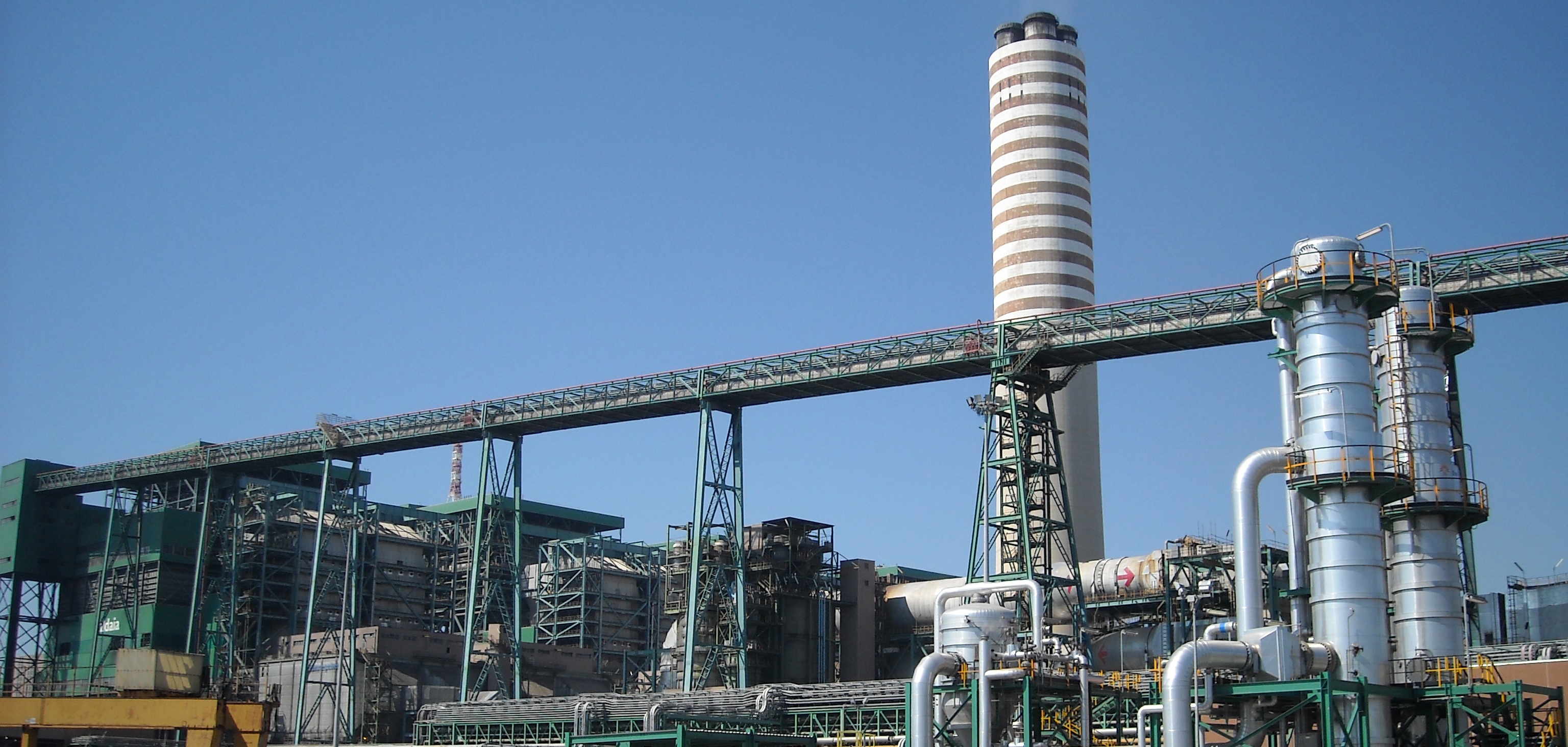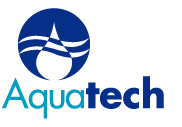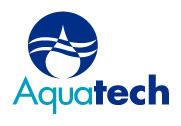 ZLD Success Factors, written by Aquatech’s Daniel Bjorklund, was featured in Power Engineering. The article focuses on wastewater chemistry, ZLD system design and success factors.
ZLD Success Factors, written by Aquatech’s Daniel Bjorklund, was featured in Power Engineering. The article focuses on wastewater chemistry, ZLD system design and success factors.
“The power industry as well as oil & gas, chemical, petrochemicals, mining and other industries generate large volumes of waste water that must be managed. Commonly these wastewaters are discharged via a plant outfall to a surface water body, an evaporation pond, or in some cases deep well injected. However, there are growing environmental concerns regarding such discharge practices, which has resulted in the development of Zero Liquid Discharge (ZLD) processes.
ZLD can be defined broadly as a process for maximum recovery of water from a waste water source that would otherwise be discharged. This water is beneficially reused and the salts, and other solids contained in the waste water are produced and generally disposed in a landfill.

Zero liquid discharge can be achieved in various ways. There is no “one size fits all” solution, as the optimal system design is site specific. The waste water composition, various streams to be treated, site specific operating costs, foot print availability and other factors are determining factors for an optimal design. This article provides a brief primer on various typical ZLD configurations and focus on factors that are critical to the successful design and operation of a ZLD system.
The system objectives for a ZLD system are to eliminate a liquid waste water discharge, generate solids for landfill disposal or reuse, and to recycle a high-quality water that can be beneficially reused. The design objectives are to minimize the capital investment and system operating cost, while not significantly impacting the manpower required for operation. Further, the system must be designed with operational flexibility to meet the facility needs and be safe and reliable.”
Click here.

